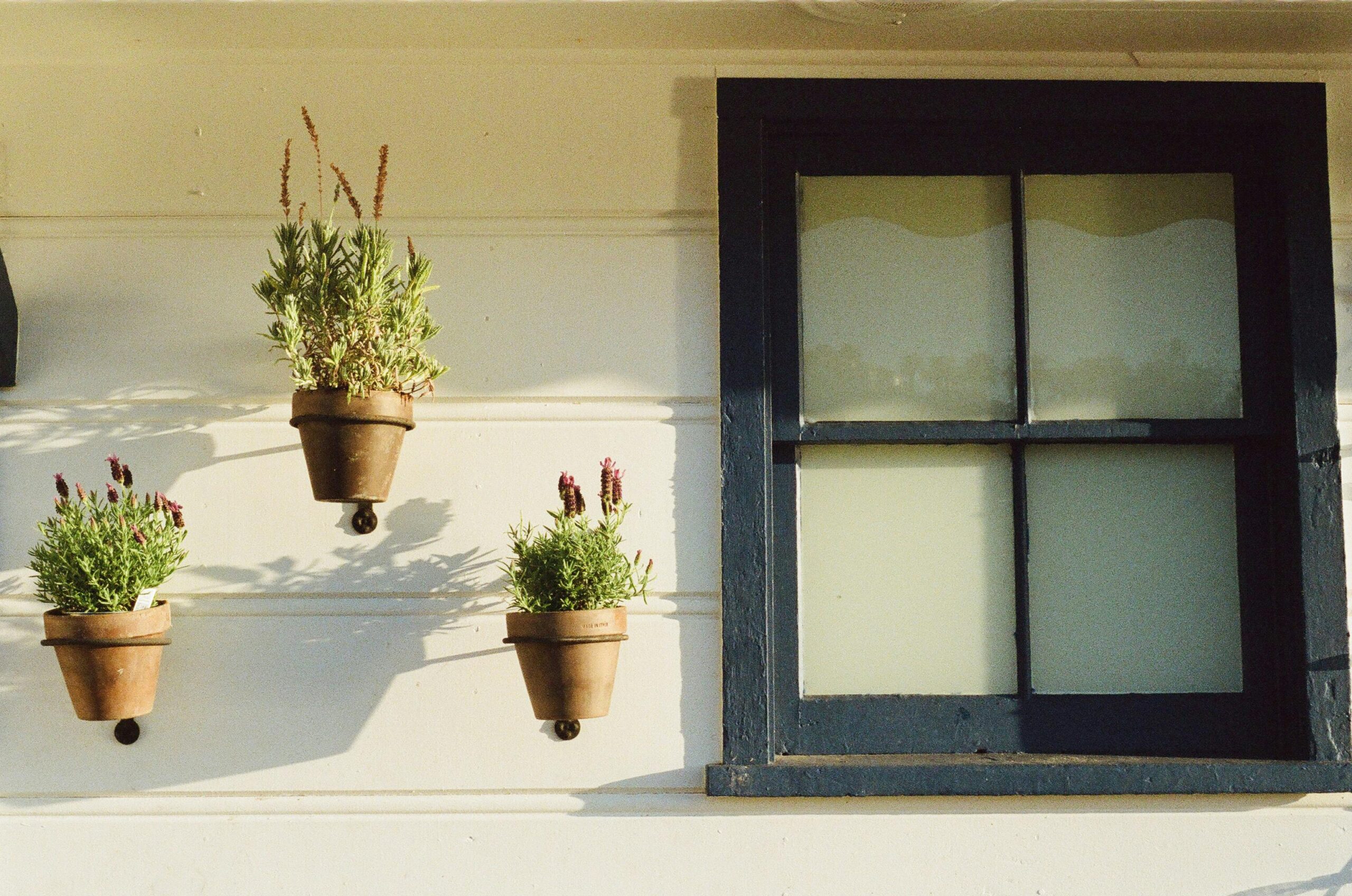Introduction
Have you ever wished you could grow more plants but didn’t have enough space? Well, you’re not alone. Many people face this challenge in their homes or gardens. But what if there was a way to grow plants vertically, taking up less floor space? That’s where vertical gardening comes in.
What is Vertical Gardening?
Vertical gardening is simply the practice of growing plants on walls, trellises, or other vertical structures. This innovative technique allows you to maximize your space and create stunning, green displays. Whether you have a small balcony, a tiny backyard, or even an indoor space, vertical gardening can be a great solution.
Benefits of Vertical Gardening
- Space-saving: As the name suggests, vertical gardening is a great way to save space. By growing plants upwards, you can free up valuable floor space for other activities.
- Aesthetics: Vertical gardens can add a touch of beauty and naturalness to any space. They can create a calming and relaxing atmosphere, and they’re a great way to bring the outdoors indoors.
- Environmental benefits: Plants help to improve air quality, reduce noise pollution, and provide habitat for wildlife. Vertical gardens can also help to conserve water by reducing evaporation.
- Food production: If you’re interested in growing your own food, vertical gardening can be a great way to do so. You can grow herbs, vegetables, and even fruits on vertical structures.
Types of Vertical Gardens
There are numerous varieties of vertical gardens available. Here are a few popular options:
- Living walls: These are vertical gardens that are constructed using modular panels or frames. They can be installed indoors or outdoors, and they can be customized to fit any space.
- Trellis gardens: Trellises are simple structures that can be used to support climbing plants. They can be made from wood, metal, or even plastic.
- Hanging gardens: A terrific method to bring greenery to a tiny space is using hanging gardens. They can be created using pots, baskets, or other containers.
Tips for Successful Vertical Gardening
- Choose the right plants: Not every plant is appropriate for indoor vertical gardening. Look for plants that are climbers or trailers. Some popular choices include ivy, tomatoes, cucumbers, and strawberries.
- Provide adequate support: Climbing plants need support to grow upwards. Make sure to provide them with sturdy trellises, poles, or other structures.
- Water regularly: Vertical gardens can dry out quickly, so it’s important to water them regularly. Water the soil as needed and check its moisture content frequently.
- Fertilize regularly: Plants need nutrients to grow. Fertilize your vertical garden every few weeks with a balanced fertilizer.
Conclusion
Vertical gardening is a fantastic way to add greenery to your space, no matter how small. It’s a creative and sustainable solution that can provide numerous benefits. So why not give it a try? How much you adore it may surprise you.
